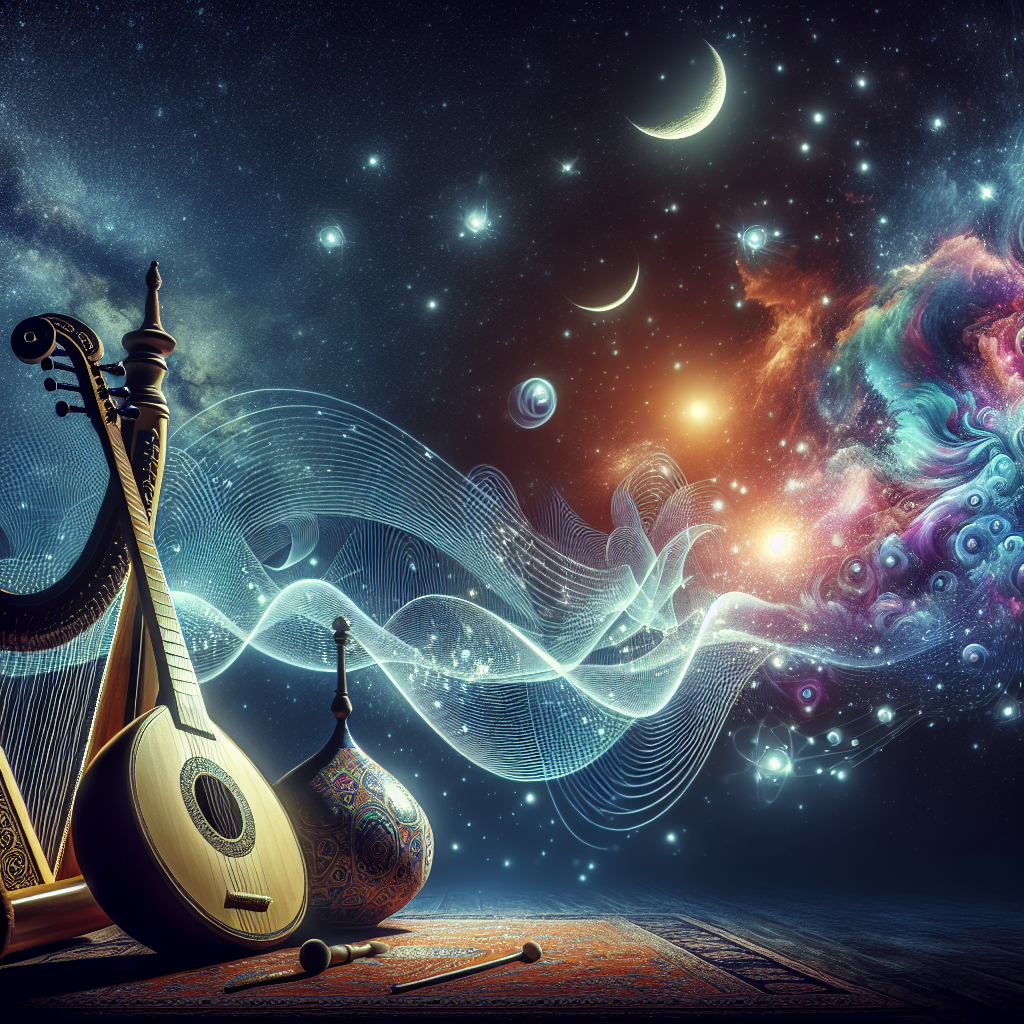Music, in all its diversity, has the unique ability to connect with people on an emotional level. Among these many genres, classical music stands out as a timeless piece of art, thriving on a beautiful tradition that has spanned centuries. The classical music orchestra, the incredible ensemble behind this captivating genre, wields a power that holds audience members in a spellbinding trance.
The orchestra originates from the late 16th century, commencing in operas and courtly entertainment. Since then, classical music has come a long way, evolving in rhythm, melodies, and harmonies. The composition of the orchestra has expanded to include a broader collection of instruments, and the number of performers now ranges from dozens to over a hundred, resulting in a grand ensemble of musicians bringing its unique sound and unmatched unity.
The Power of the Orchestra
The majesty of a classical music orchestra lies not merely in its diversity of instruments or the number of musicians, but the composers’ intricate weaving of notes, and musicians’ insightful interpretation of the pieces. Together, they tell compelling stories without uttering a single word, inducing a myriad of emotions in the audience. The power of a classical music orchestra is palpable, presenting awe-inspiring performances that move, inspire, and connect individuals across generations and civilizations.
Unity in Diversity
One of the most appealing facets of a classical music orchestra is the harmonious coexistence of numerous unique parts. A symphony orchestra typically comprises four families of instruments: the strings (such as violin, viola, cello, and double bass), brass (like trumpet, trombone, and horn), woodwind (including flute, oboe, clarinet, and bassoon), and percussion (including the timpani, xylophone, cymbals, and drums). Each family contributes distinct pitches and timbres, cooperating to produce an intricate musical tapestry that resonates with the audience.
The Emotional Intensity
Another aspect that magnifies the orchestra’s power spans the spectrum of emotional intensity experienced during performances. The orchestra masterfully manipulates dynamics, tone color, tempo, and rhythm to evoke a diverse range of emotions. The crescendos can stir up an overwhelming sense of joy or hope, while the pianissimo passages can plunge one into introspection, or even melancholy. This emotional journey presented by the orchestra uniquely speaks to the shared human experience, surpassing language and cultural barriers.
The Legacy of Great Composers
The timeless power of a classical music orchestra is anchored in the legacy of great composers such as Beethoven, Mozart, Bach, and countless others. Their magnificent compositions continue to live through orchestras, touching lives and connecting generations. The orchestra gives voice to these compositions under the guidance of a conductor, honoring the creator’s musical vision while also incorporating their insightful interpretation. In doing so, the orchestra extends the legacy of these great composers, rendering their timeless music relevant even in modern times.
Conclusion
Classical music, though centuries old, continues to maintain relevance and hold an indomitable place in the world of music. The classical music orchestra is an embodiment of this genre’s power, presenting intricate compositions that captivate the audience’s interest and take them on an emotional journey. With each performance, it creates a radiancy that transcends languages and cultures, reconnects us with the past, and fosters unity among diverse audiences. The timeless power of the classical music orchestra, indeed, resides in its ability to connect, inspire, and move individuals across generations and across the globe, asserting its relevance in every age.
Frequently Asked Questions
- What are the four families of instruments in a classical music orchestra?
The four families of instruments in a classical music orchestra are strings, brass, woodwind, and percussion.
- How does an orchestra evoke emotions?
An orchestra manipulates dynamics, tone color, tempo, and rhythm to evoke a wide array of emotions, ranging from joy and hope to introspection and melancholy.
- Why is classical music still relevant today?
Despite being centuries old, classical music remains relevant, representing our shared human experience and fostering unity among diverse audiences. The stories told through the notes resonate with listeners, generating an emotional connection that transcends cultural barriers.
- Why does the size of an orchestra matter?
The size of the orchestra impacts the richness and depth of sound it can produce. The more musicians, the broader the range of tones and the richer the performance.
- How do orchestras honor the legacy of great composers?
Orchestras honor the legacy of great composers by performing their compositions, often aiming to respect the creator’s musical vision while incorporating their unique interpretation. This process helps keep the music of these composers alive and relevant across different eras.




